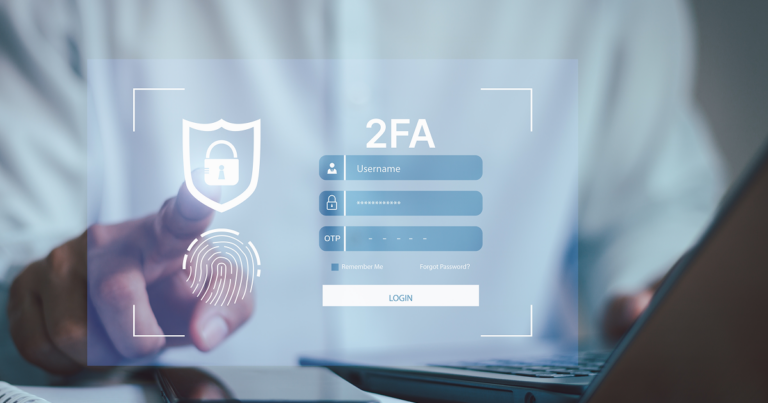In today’s digitally driven era, consumers use the internet for an array of purposes, ranging from the critically important to the downright trivial. But whether they are using their connections to get crucial work done, keep up with friends and family, follow current events or catch the latest cat video, internet slowdowns and stalls are universally loathed.
Fortunately, though, getting the internet back up to speed does not always have to involve calling in specialized IT help. Sometimes, the fix can be quick and easy.
When connection speeds become an issue, consumers can check for these six common causes of internet slowdowns, all of which can often be remedied easily and in a matter of minutes.
What Causes Slow Internet & How To Fix It?
- A bad ethernet cord connection: Most users’ internet connections are provided via an ethernet cable that is plugged either directly into a computer (for a wired connection) or into a router that distributes the internet signal via Wi-Fi. If the ethernet cable’s connection is in any way impaired, such as when it is not completely plugged in, this can result in a weakened and/or unsteady internet transmission. By double-checking all ethernet connections, or even better, by fully unplugging and then plugging them back in firmly, users can often restore a strong internet signal.
- The router needs a reset: It might seem like a simple fix, but often, resetting the network’s router can be an effective remedy for a slow internet connection. This is because, much like a computer or a smartphone sometimes simply needs a refresh to restore proper functioning, a router can benefit from the same. To accomplish this, a user can simply unplug his or her router, allow it to sit unpowered for 30 seconds or so, then plug it back in. Often, once the router reboots, the internet speeds it delivers will return back to normal.
- A connected-device overload: In the 21st century home, computers and smartphones are no longer the only devices around that rely on an internet connection. An array of other smart devices such as TVs, tablets, thermostats, video doorbells, refrigerators and even washing machines can also join the network. And when too many are connected and running at once, it can lead to a competition for bandwidth and a slowed-down signal. To remedy the problem, users can try disconnecting or powering down some of the devices that are not currently in use. Often, the internet speed will improve when fewer connected devices are on the network.
- … or outdated devices: In other cases, the speed problem might not be with the internet connection itself, but instead with a slow device that has joined the network. This is often seen with older devices running outdated software and/or using antiquated drivers. And when such devices connect to a home’s internet network, it can tax bandwidth and inhibit other devices’ connections, too. This can at times be solved by “power cycling” any especially slow devices. By turning the equipment off and then back on after a minute or so, users can sometimes force the device to stop running any problematic applications that could be causing hang-ups, refresh its connection and resume function at acceptable speeds. But if the problem persists, it might be time to consider retiring the problematic device.
- The router’s signal is being blocked: Frequently, a poorly placed router can lead to issues with an internet signal. Just a few of the common structural culprits behind a blocked internet signal include concrete, brick, wood and masonry walls. Devices that can impede a strong signal include TV sets, microwave ovens, baby monitors, walkie-talkies, bluetooth devices and neighboring networks. To help ensure that a strong signal is being distributed, the router should be placed in a central, unobstructed location in the home that is as far away as possible from other electronic items. If you have a complicated floor plan, you can also use a second router as a repeater, which will extend your router coverage, without degrading your signal.
- A malware mishap: When computers or other devices become infected with malware such as nuisanceware or adware, the unwanted intruder can occupy memory reserves and greatly impact overall device performance. This can, of course, lead to significant slowdowns when using applications that connect to the internet (or any other applications, for that matter). Red flags that an infection may exist include excessive pop-up ads, unauthorized changes to a device’s default search engine and frequent redirects to unfamiliar websites. By running an antivirus scan to identify and eliminate any unwanted programs that might be residing on a device, users can greatly enhance internet speeds and the device’s overarching performance.
If all the steps above fail to solve your slowdown, your connected home could have simply outgrown its internet connection. To learn more about our internet offerings, visit ftc.net, then call 888-218-5050 to upgrade your connection today! And for help determining what kind of internet speeds your connected home needs, check out our handy and easy-to-use internet speed calculator today!




